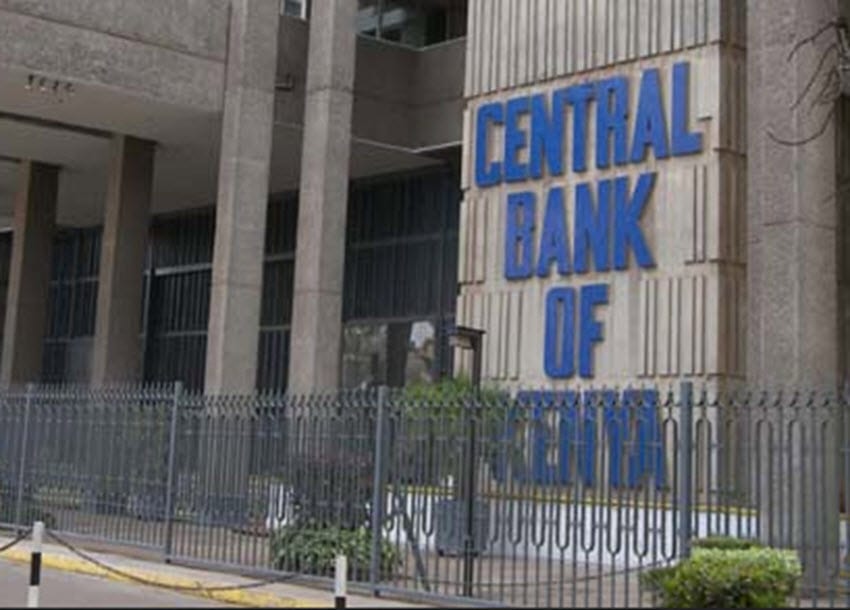Kenya’s financial markets are the heartbeat of its economy, reflecting the broader economic trends and the impact of monetary policy decisions. The latest Central Bank of Kenya (CBK) Bulletin, released on August 23, 2024, provides a comprehensive overview of the financial landscape, offering critical insights for investors, policymakers, and financial analysts. This article dissects the key takeaways, focusing on interest rates, government securities, exchange rate movements, and the stock market.
Interest Rate Trends: Understanding the Shifts Interest rates in Kenya have been a focal point of economic policy, influencing everything from consumer spending to investment decisions. The CBK Bulletin indicates that the Central Bank Rate (CBR) has been maintained at 10% as of August 2024, reflecting the CBK’s cautious approach to balancing inflationary pressures with the need to stimulate economic growth. The interbank rate, which affects short-term borrowing among banks, has fluctuated between 5.9% and 6.3% over the past quarter, indicating liquidity variations in the banking sector. For borrowers, the average lending rate has remained relatively stable at 13.4%, while the average deposit rate is at 7.5%, offering a moderate return for savers.
Government Securities: A Safe Haven for Investors The performance of government securities is a key indicator of the country’s fiscal health and investor confidence. The CBK Bulletin reports that Treasury bonds and bills have continued to attract significant investor interest, with subscription rates averaging 130% in recent auctions. The yield on the 10-year Treasury bond stood at 12.5%, reflecting a stable investment environment despite global uncertainties. The government has also been issuing infrastructure bonds, which have been oversubscribed by 150%, signaling strong investor confidence in Kenya’s long-term economic prospects. These bonds are particularly attractive due to their tax-free status and relatively high returns compared to other fixed-income instruments.
Exchange Rate Movements: Stabilizing the Shilling The Kenyan shilling has remained relatively stable against major currencies, trading at an average of Ksh 145 to the US dollar in August 2024. The CBK’s interventions in the foreign exchange market have played a crucial role in maintaining this stability, despite external pressures such as rising global oil prices and increased demand for imports. The CBK’s foreign exchange reserves, which stand at USD 7.4 billion, have provided a crucial buffer, enabling the central bank to smooth out volatility and protect the shilling from excessive depreciation.
Stock Market Analysis: A Mixed Bag for Investors The Nairobi Securities Exchange (NSE) has experienced mixed performance in 2024, reflecting both local and global economic conditions. According to the CBK Bulletin, the NSE 20 Share Index has recorded a 5% decline year-to-date, driven by profit-taking in key blue-chip stocks. However, the market capitalization has remained stable at Ksh 2.5 trillion, indicating sustained investor interest in the broader market. The banking sector stocks have been among the top performers, buoyed by strong earnings reports, while the manufacturing and agricultural sectors have faced headwinds due to rising production costs and global supply chain disruptions.
Conclusion: Kenya’s financial markets are navigating a complex landscape, shaped by both domestic and global factors. The insights from the CBK Bulletin provide a valuable guide for stakeholders, helping them make informed decisions in a dynamic environment. As Kenya continues to stabilize its economy, the financial markets remain a critical component of its growth strategy, offering opportunities and challenges for investors and policymakers alike.





